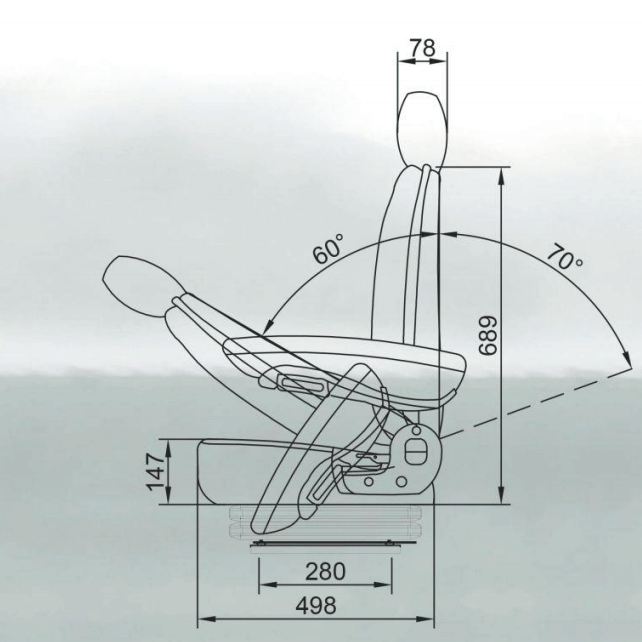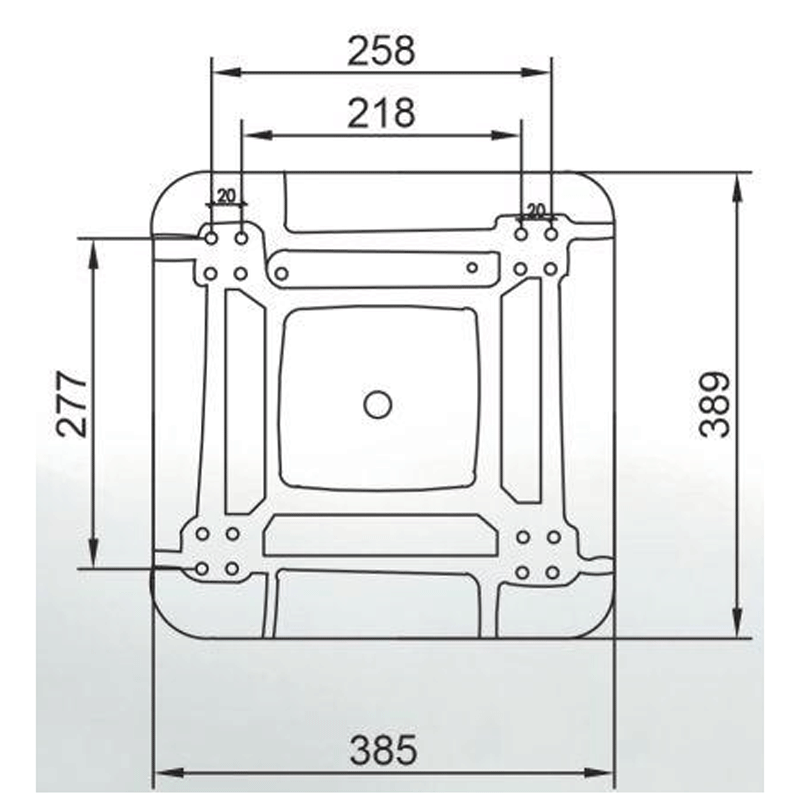I live in a home built in 2017. The basement is unfinished, but I’m in the process of adding a kitchenette, bathroom, bedroom, and living space. The home was built with a 200-amp electrical panel that’s located in the garage. I decided to install a 100-amp subpanel to supply the new rooms. The electrician I hired ran #2 aluminum cable to the subpanel, and the inspector has just informed me that it should have been supplied with #1 aluminum cable. The electrician says the inspector is wrong, which doesn’t really help the situation, but I’m curious who is right and am wondering if I have any options other than to redo the work and replace the #2 cable with #1, which is even more expensive.
—Christopher Knettel, Prior Lake, Minn. Single Strand Cable

John Williamson, electrical consultant, replies: The inspector is correct, but that doesn’t mean you have to redo the work. Before I explain how that’s possible, let’s define the types of cables you’re talking about. The electrician and inspector are referring to #1 and #2 cables, which in this case will be made up of four conductors (wires) protected by a nonmetallic sheathing. The smaller of the two is the #2 AWG aluminum SER (Service Entrance Style R) cable, which contains two #2 aluminum hot conductors, one #2 neutral conductor, and one #4 equipment grounding conductor. You’ll see this cable advertised as “2-2-2-4 Aluminum SER.” Whereas, #1 AWG aluminum SER cable consists of two #1 hots, one #1 neutral, and one #3 equipment grounding conductor and is advertised as “1-1-1-3 Aluminum SER.” I noticed that you didn’t mention copper (perhaps because of the high price of copper right now), so to keep things simple I will just be referring to aluminum conductors and cable.
In the Conductor Ampacity Charts in the National Electrical Code (NEC), in the column for 75° Celsius, #1 AWG aluminum conductors are rated at 100 amp, while #2 AWG aluminum is rated at only 90 amp, which means that per code, your 100-amp subpanel needs to be supplied by #1 AWG aluminum conductors. Your electrician might be confused because there is a special allowance in the NEC that allows a slight reduction in size for service-entrance conductors, those conductors that enter the house from the utility line and supply the main panel. That means if your main panel was rated at 100 amp, it could be supplied by a #2 AWG aluminum SER.
This size-reduction allowance for service-entrance conductors is intended to accommodate load diversity. Load diversity is the concept that not every device and appliance will be turned on all at the same time, which we know to be true through decades of experience and empirical evidence. However, this allowance does not apply to feeder conductors that supply a subpanel because there may not be any load diversity. For example, it’s not uncommon for a basement or shop subpanel to supply a workshop equipped with a welder and large air compressor, which together could easily max out the capacity of the subpanel.
In your case, there is one simple solution that doesn’t require replacing the existing cable. There is no code that prohibits a 100-amp subpanel from being protected by a 90-amp breaker. Since your plans do not include any electricity-guzzling heavy equipment, your 100-amp subpanel can be supplied with #2 cable if you protect the subpanel with a 90-amp breaker in the main panel. This way you will end up with a perfectly sufficient 90-amp subpanel that’s totally code compliant. In all fairness, electrical inspectors are trained to identify violations and it’s not always easy to switch one’s mindset to finding creative solutions. But a well-informed inspector should recognize the legality of this proposed fix.
Sign up for eletters today and get the latest how-to from Fine Homebuilding, plus special offers.
Get home building tips, offers, and expert advice in your inbox
Cutting off the eaves to carry the air and thermal barriers from the wall sheathing to the roof plane is an effective performance upgrade for some old homes.
Learn more about affordable, modern floating stairs, from design to manufacturing to installation.
"I have learned so much thanks to the searchable articles on the FHB website. I can confidently say that I expect to be a life-long subscriber." - M.K.
Get home building tips, offers, and expert advice in your inbox
Get home building tips, offers, and expert advice in your inbox
© 2023 The Taunton Press, Inc. All rights reserved.
Get home building tips, offers, and expert advice in your inbox
Become a member and get instant access to thousands of videos, how-tos, tool reviews, and design features.
Start your subscription today and save up to set_percent%
Get complete site access to expert advice, how-to videos, Code Check, and more, plus the print magazine.

Xlpe Cable Construction Already a member? Log in